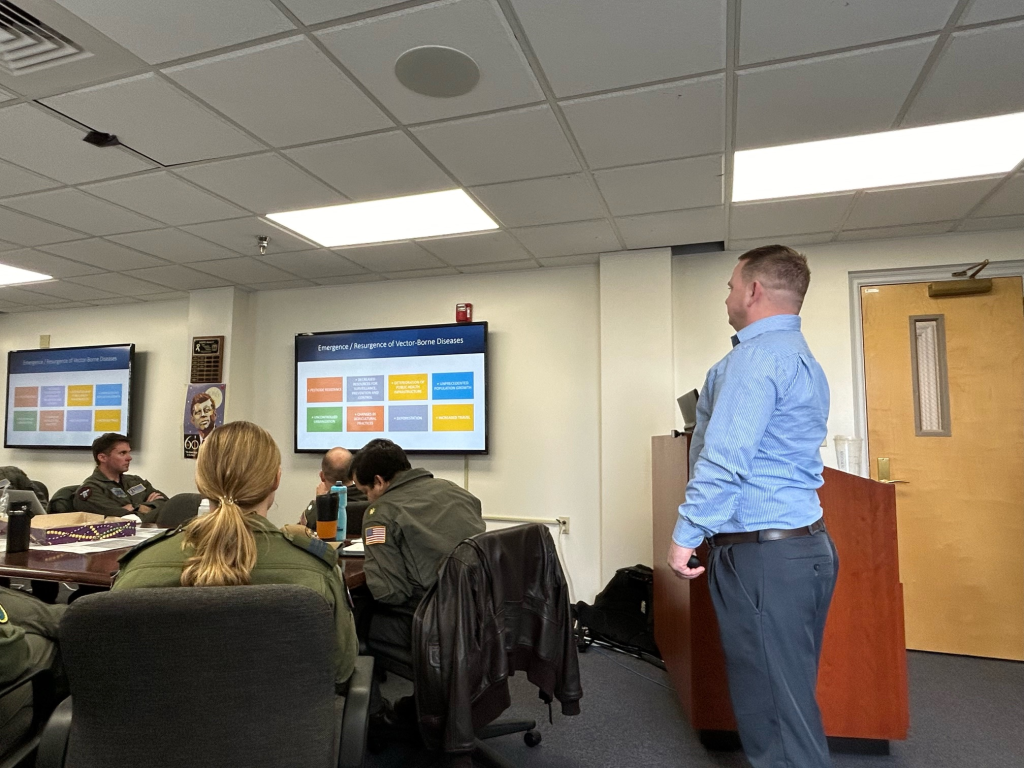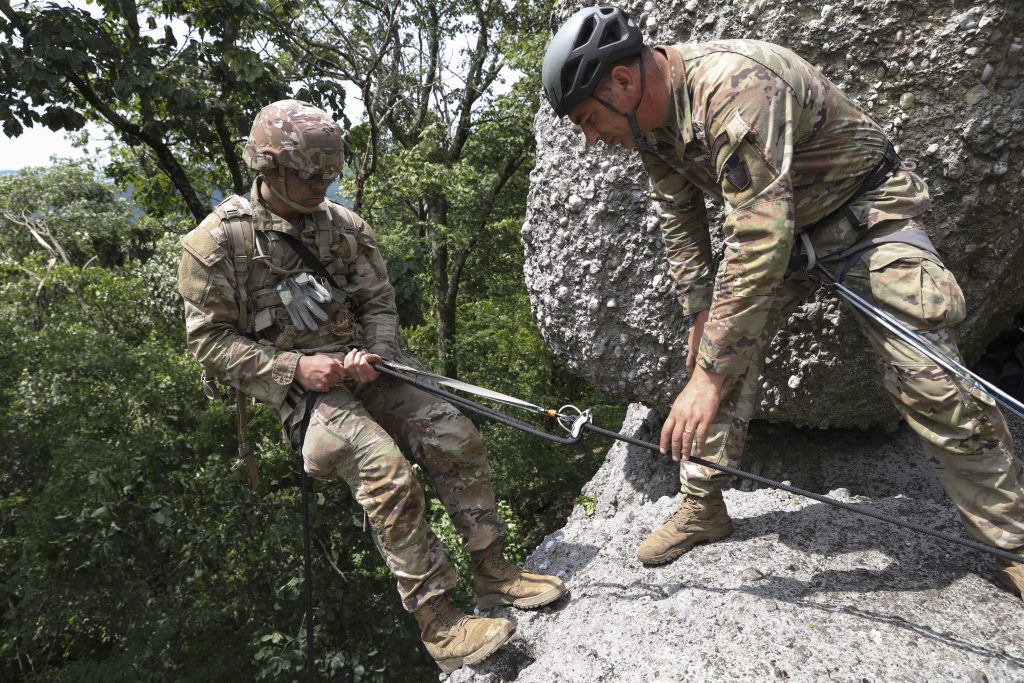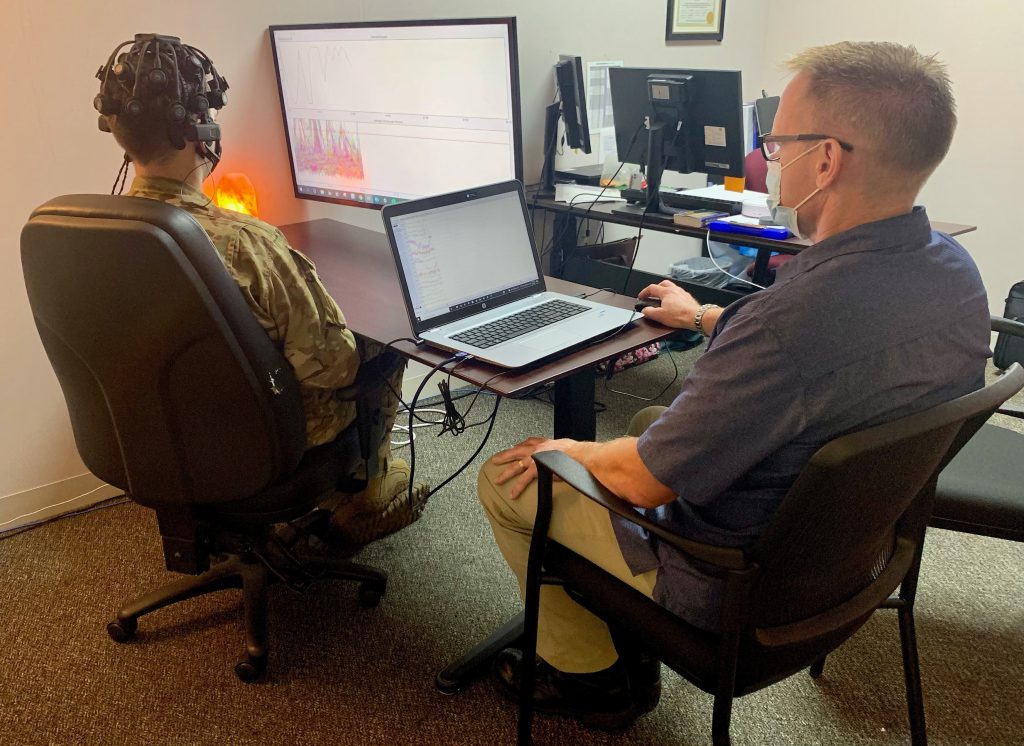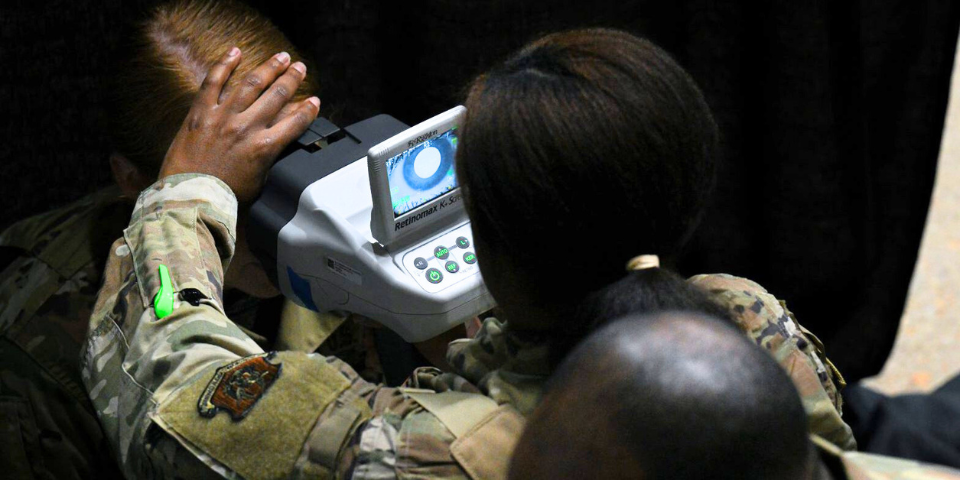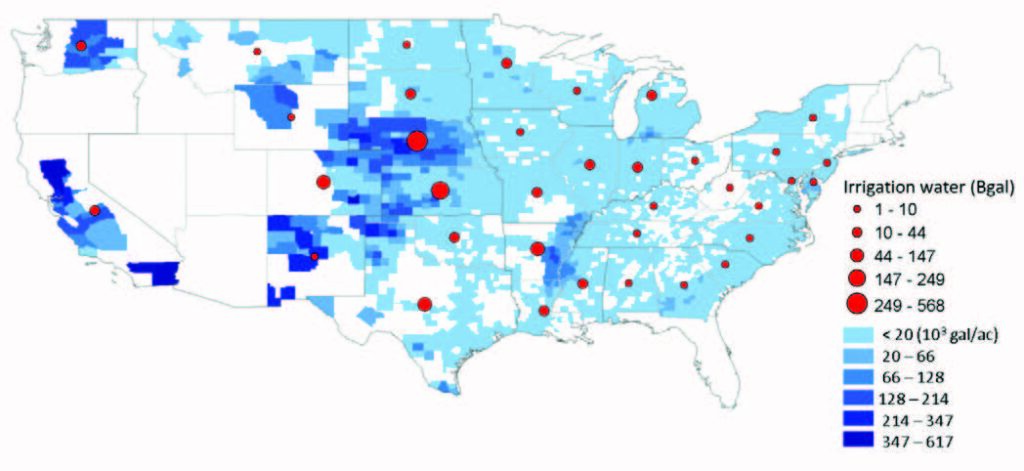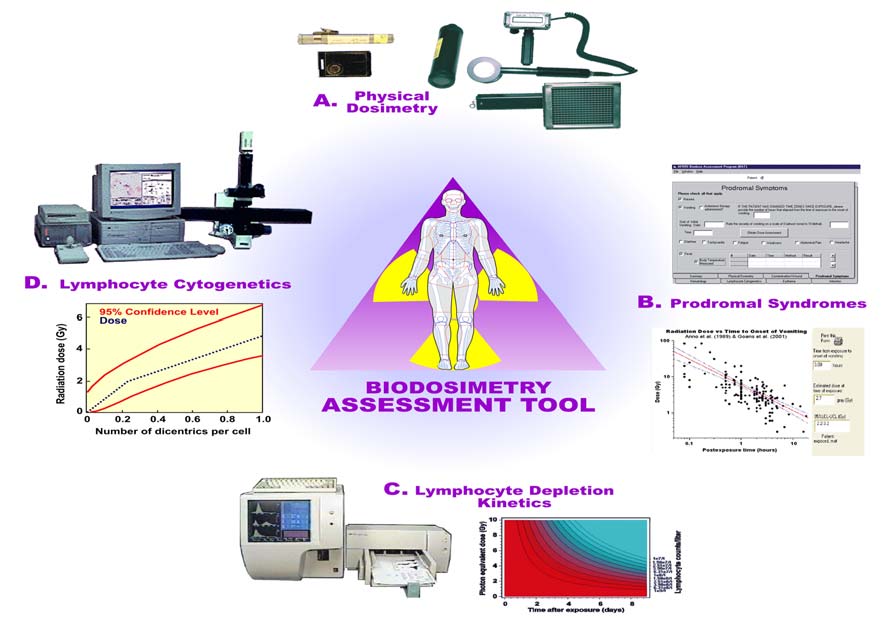Are you interested in delivering a webinar presentation on your DoD research and engineering efforts?
HDIAC hosts live online technical presentations featuring a DoD research and engineering topic within our technical focus areas.
Host a Webinar with HDIAC
Upcoming Webinars
Managing Public Health During a Migration Crisis
In February 2024, the Homeland Defense and Security Information Analysis Center (HDIAC) lead a Table Top Exercise (TTX) in support of military physicians in a residency program. During this program, students obtained their master’s in…
Security Implications for the United States from Iranian and Hezbollah Activities in Latin America and the Caribbean
This presentation will examine engagement with Latin America by Iran, its government agents, and surrogate groups such as Hezbollah, including terrorist finance, terrorism, and other activities and their evolution in recent years. It will address…
Never Deployed but Still at Risk: Substance Use and Mental Health Problems Among Reserve/Guard Soldiers
Brain Health Mini-Series: Part 2 Reservists constitute approximately one-third of the U.S. Armed Forces; however, military health research disproportionately focuses on active service members and veterans. Operation: SAFETY (Soldiers and Families Excelling Through the Years)…
DoD Nuclear Energy Use Case – A Combatant Command Perspective
The U.S. Department of Defense (DoD) was an early adopter of nuclear power and pioneered research of mobile nuclear energy. In addition to the well-documented U.S. Navy nuclear propulsion program, the U.S. Army constructed eight…
Rewiring the Brain for Optimized Performance
Brain Health Mini-Series: Part 3 Neurofeedback (NFB) is a specialized application of biofeedback employed to modify brainwave activity and event-related potentials. It uses operant conditioning with visual or auditory stimuli as reinforcing feedback to teach…
Emerging Capabilities for Evaluating Cognitive and Oculomotor Function in Service Members With Traumatic Brain Injury
High rates of traumatic brain injury (TBI) are sustained by U.S. military personnel in combat and garrison environments. Changes in brain function related to TBI can negatively impact military readiness and quality of life. Clinical…
Past Webinars
Podcast: Tech Talks – HDIAC Introduction
HDIAC Introduction The Homeland Defense and Security Information Analysis Center (HDIAC) is a Department of Defense (DoD) sponsored organization through the Defense Technical Information Center…
A Detailed Global Map of the Hydro-Economy: Water Footprints, Teleconnections, and Indirect Security Risks of Drought
The global hydro-economic network creates vulnerabilities for distant drought and water conflicts through trade connections. The water footprint maps this water supply chain network. This…
Biosurveillance
This webinar focuses on available biosurveillance data and data sources, preparation, and attributes. The recent Ebola outbreak in West Africa is one example of using…
Current High Throughput Cytogenetic Techniques for Radiation Biodosimetry
Ionizing radiation is considered a potent carcinogen. Therefore, determining absorbed radiation dose in humans, due to either occupational or accidental exposure, is critical for health…
Applying Risk and Crisis Communication Principles to HDIAC Focus Areas
Although governments are conducting research on technical approaches regarding emerging infectious diseases, especially those that could morph into bioterrorism, developing response plans and procedures, and…
Advancements in Solar Photovoltaics
Articles containing the words CadTel, CIGS, Dye Sensitized, Tandems, Nanostructures, and Perovskites often appear in tech news outlets announcing a breakthrough from solar cell companies….


